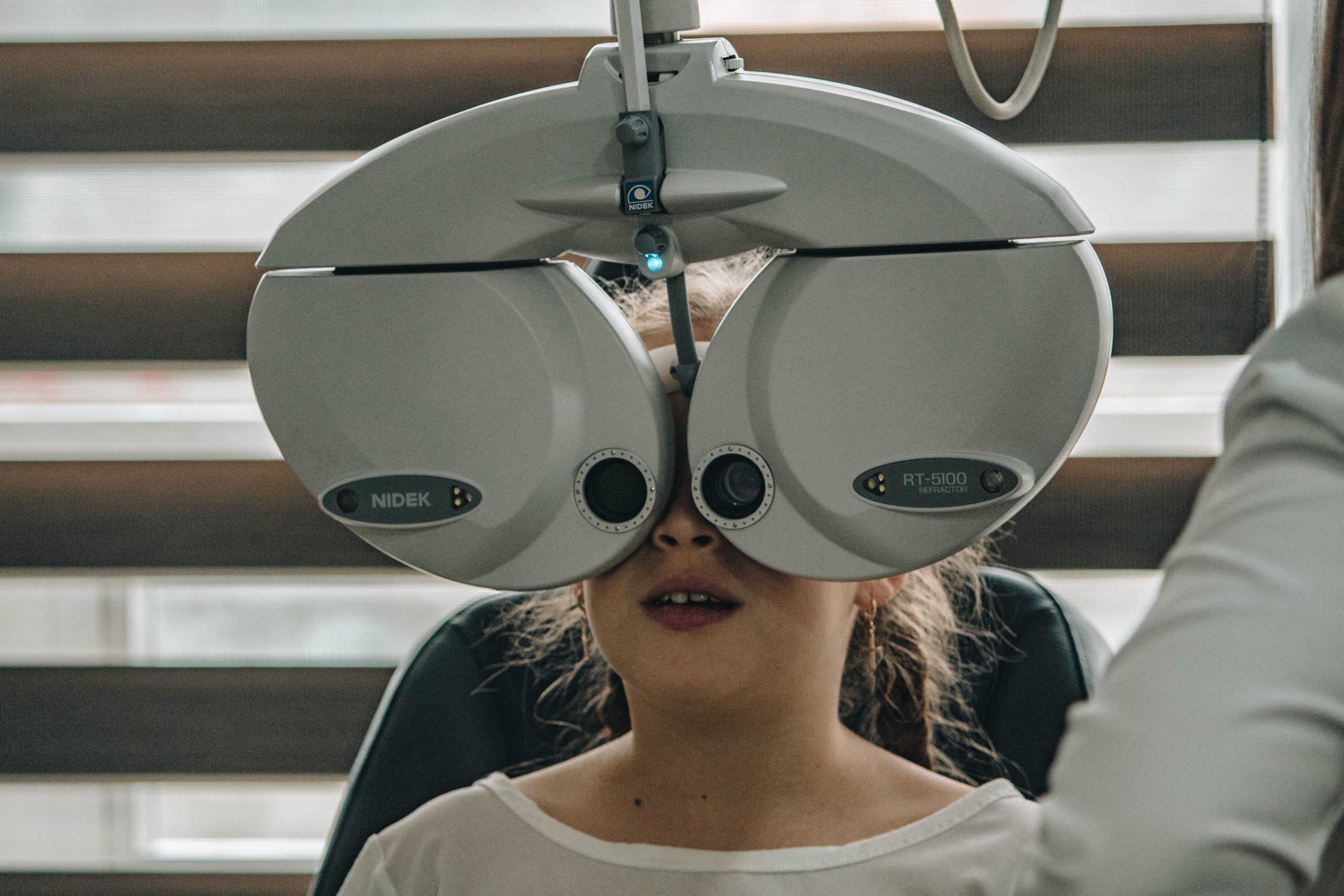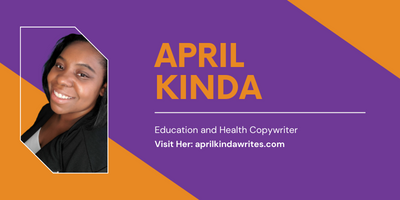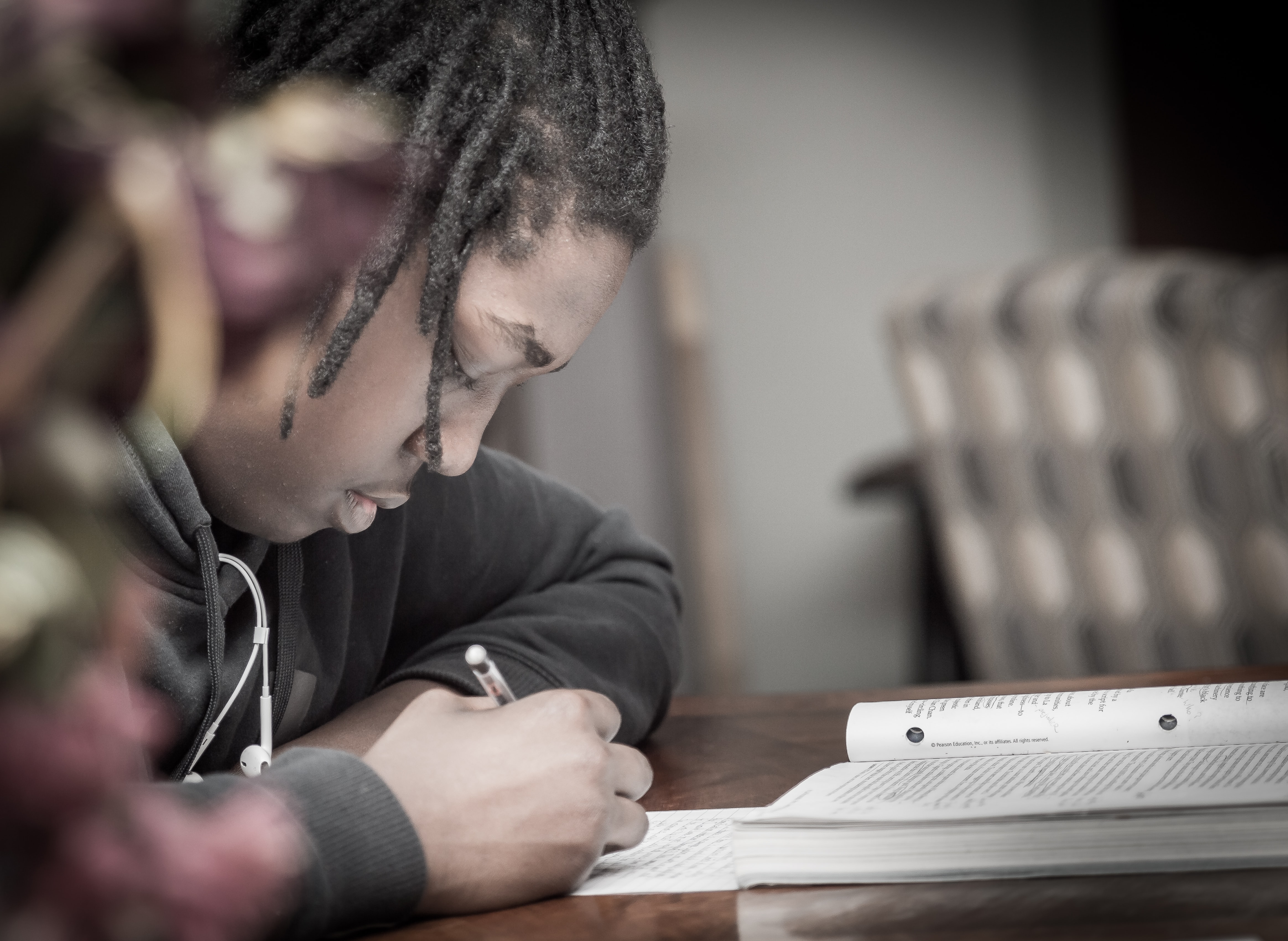What is An Intellectual Disability?
Intellectual disability (ID) is the term used when there are limits to a person’s intellectual and adaptive functioning. ID alters a child’s ability to learn at an expected level in combination with limiting their ability to function in daily life (such as communicating personal needs, walking or dressing oneself, or problem-solving).
Currently, ID is diagnosed with standardized cognitive testing but a specific full-scale IQ test score is no longer required for diagnosis. ID is categorized according to levels of severity related to functioning. Categories range from mild to profound. Characteristics of intellectual disability often include:
- Limitations in learning, reasoning, conceptualizing, and problem-solving
- Difficulties with communication, socialization, and judgment
- A significant delay in developing daily living skills
Intellectual Disabilities and the Classroom
Students with intellectual disabilities experience diverse challenges when accessing the general education environment. Certain aspects of developing and learning can be stressful and difficult for ID children as many educators struggle to identify and support their learning needs effectively.
There are many ways the characteristics of ID can appear in the classroom, including:
- Not drawing a connection between their actions and natural or assigned consequences
- Lack of participation in group activities or classroom discussions
- Difficulty in the orderly processing of recently presented information
- Challenges using the restroom without assistance or having accidents in the classroom
Since the diagnosis doesn’t mean the same for every child, it’s important not to generalize or make assumptions about their abilities. While one student with mild ID may need extra support with processing and retaining information, another student with the same diagnosis may have emotional outbursts that cause repeated interruptions in learning time.
effective Teaching Strategies
When building a productive and barrier-free learning environment, you must consider the unique accommodations and modifications the child may need to access grade-level content as effectively as other students. Educating students with a range of cognitive abilities requires focusing on a student’s individual needs. You may be tempted to make learning tasks “easier” or discipline negative behaviors as a separate conduct issue. However, doing so would cause harm to the student and limits their ability to thrive.
Instead, it would be best if you arm yourself with supportive strategies that counteract the learning, adaptive and behavioral barriers your students may face during instruction. For example, one effective classroom strategy would be to increase prompts to remind students of what is expected of them at the moment. Another would be to increase transition time between activities or integrate more pre-teaching to prepare students for what’s next. These small changes help students with ID and could benefit many of your other students. When you align your teaching plan actions to your student’s needs, you set them, and yourself, up for success.
Disproportionality and Intellectual Disability
Unlike the determination process for a hearing or visual disability, the determination process of an intellectual disability is complex. Some parts are slightly subjective as they involve collecting multiple stakeholders’ observation reports. The issue with these reports is that educators, like all people, have implicit bias.

Implicit bias is the set of unconscious attitudes or beliefs that inform our actions and sprout from stereotypes. A teacher’s unconscious perception of a student and their community does taint their ability to interpret and report student achievement and behavior objectively. When educators are unaware of their bias, they judge students through a misinformed lens.
Dustin Rynders, a Supervising Attorney at Disability Rights Texas, highlights the impact of unconscious educators in his report, Battling Implicit Bias in the IDEA. He notes that educators have lower expectations for Black students. They are also more likely to misdiagnose, harshly discipline, and educate Black students in restrictive settings. These behaviors and beliefs largely contribute to the persistent over-identification of Black and low-income students within the Intellectual Disability category.
However, you can reduce the effect of unconscious bias. Educators can proactively implement strategies to interrupt these inequalities in special education. School teams can use their student data to identify risk areas where implicit biases may affect your behaviors and judgments. You can then match these risk areas with the following strategies to reduce the implicit biases in special education:

- Student-led IEP meeting process
- Interrupt and challenge conversations and reports that imply bias
- Implement Universal Design for Learning for all classes
- Recruit, train, and retain diverse educators with proximity to your student populations
You can also reach out to MindWorks Collaborative for support! We would love to support you on your journey to learn more about interrupting the bias in special education. In the meantime, feel free to join future conversations on this topic by signing up for our community of justice-driven special educators here and signing up to get alerts for our next roundtable.



Recent Comments